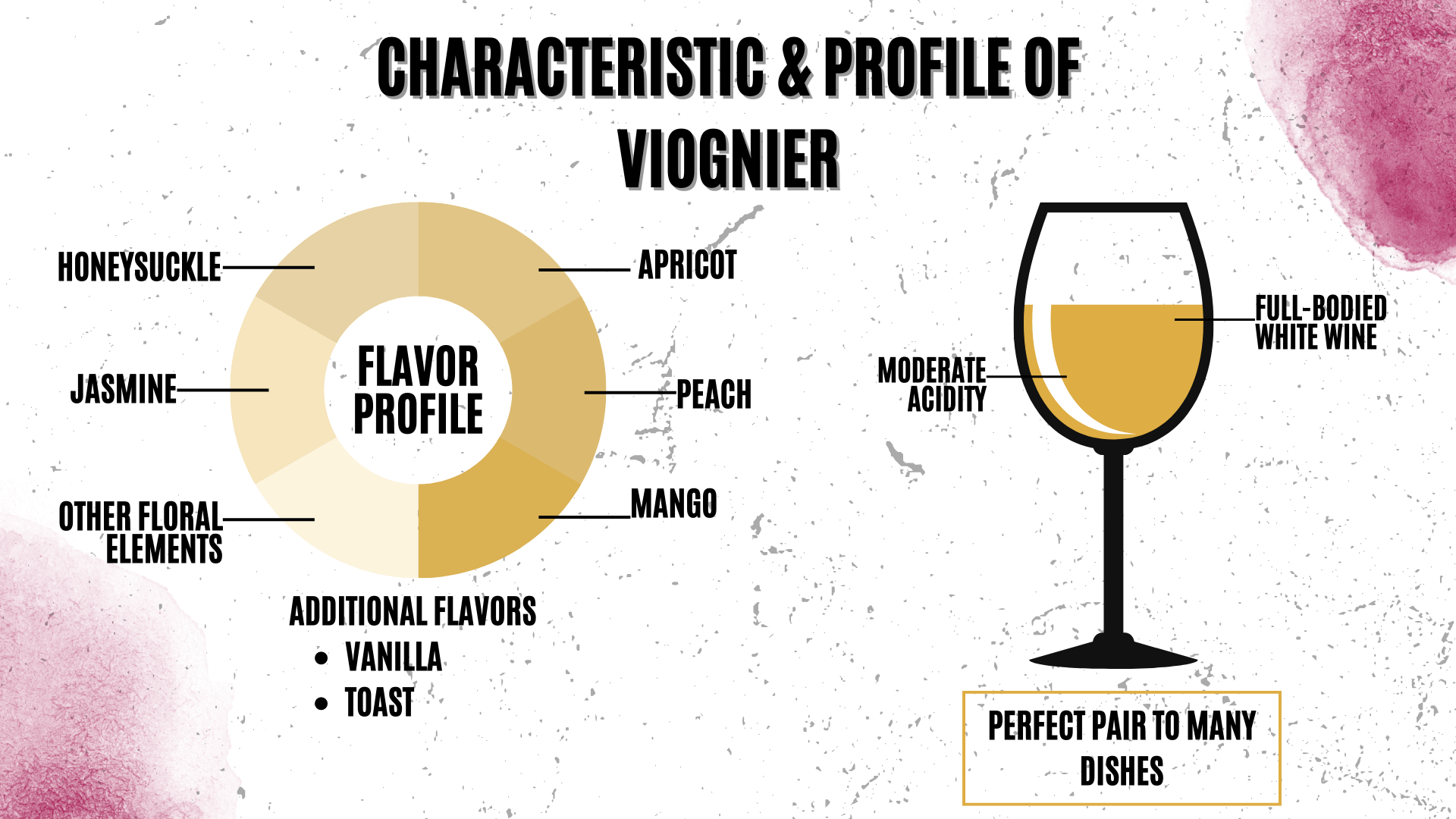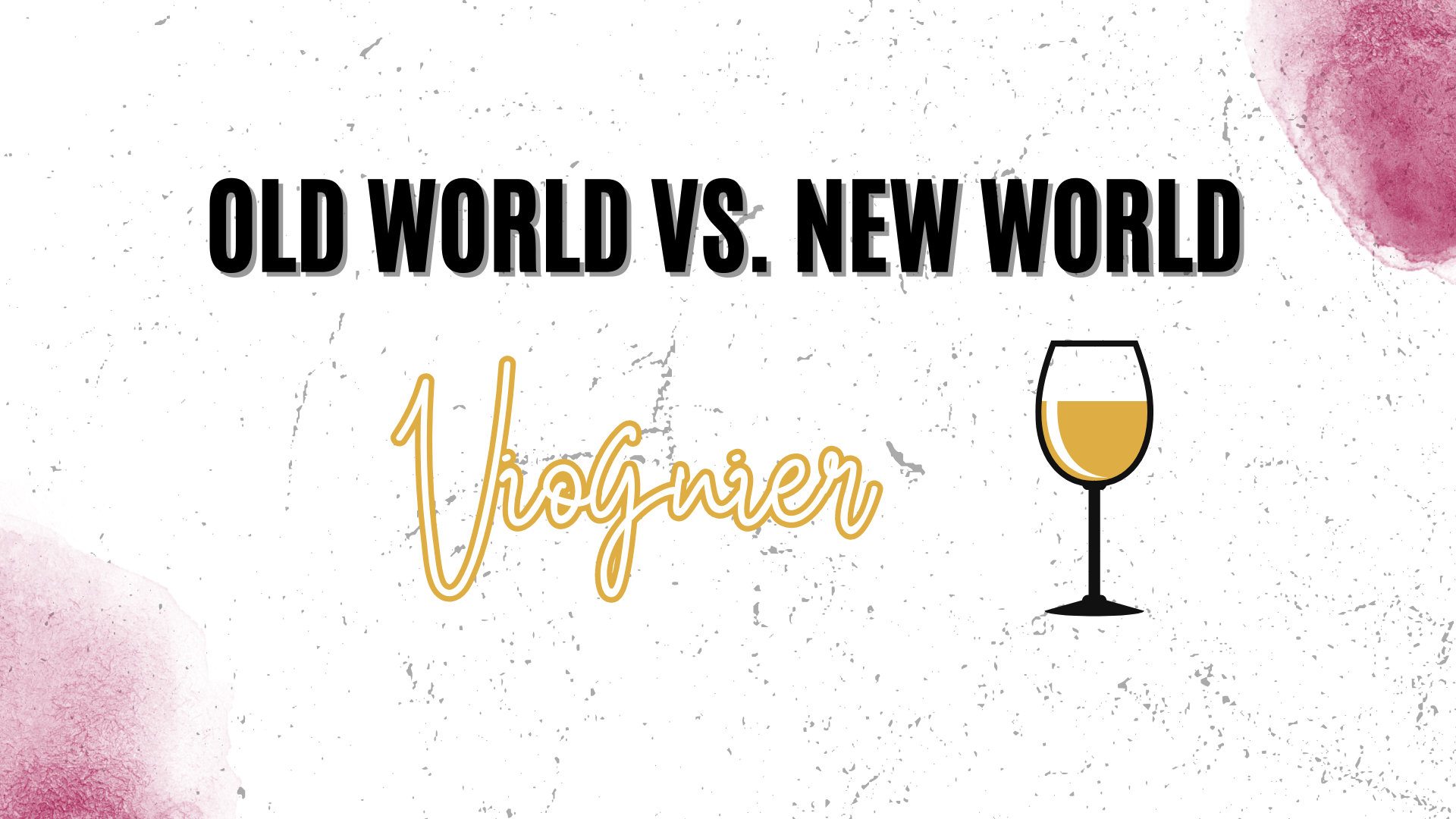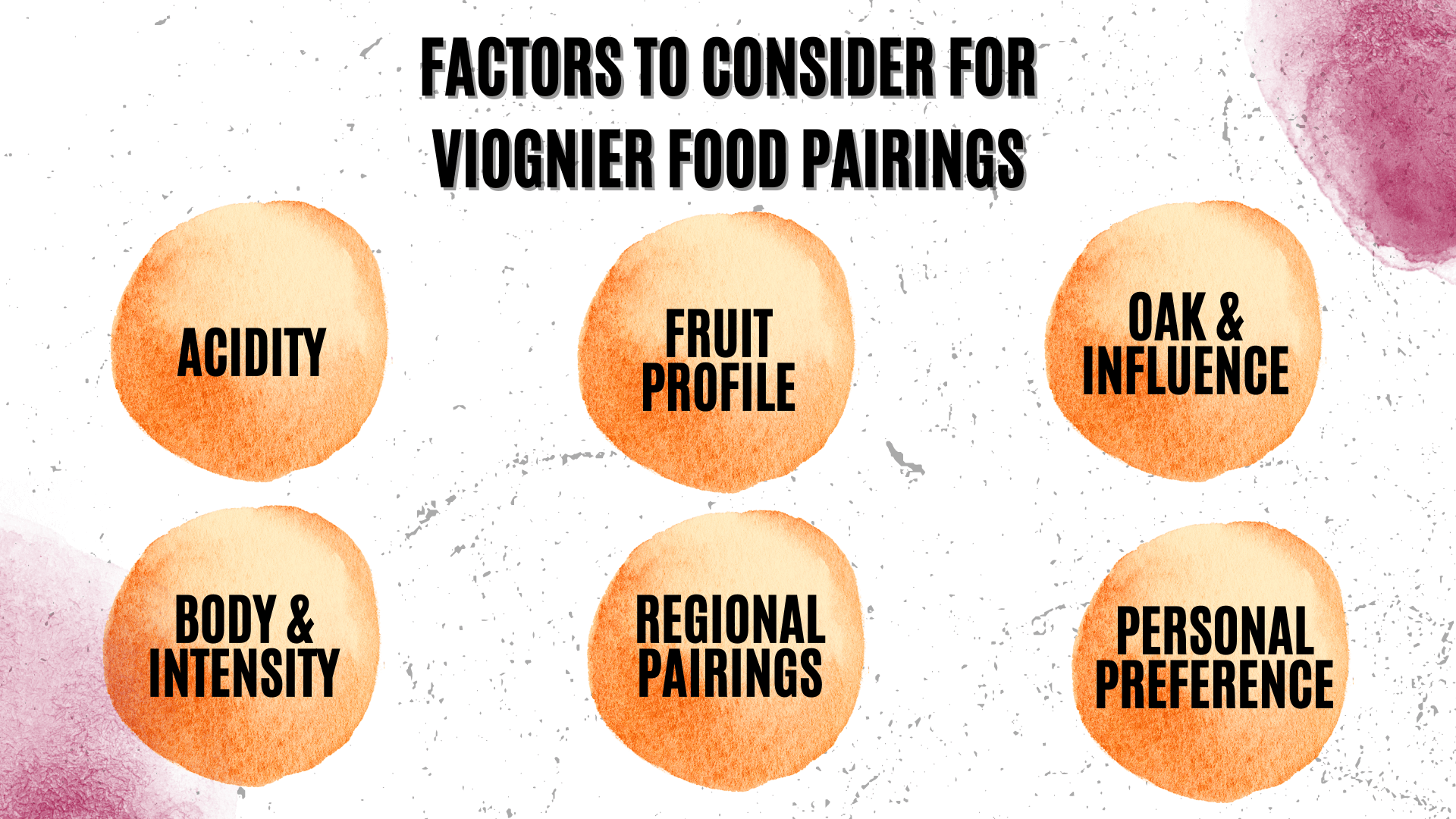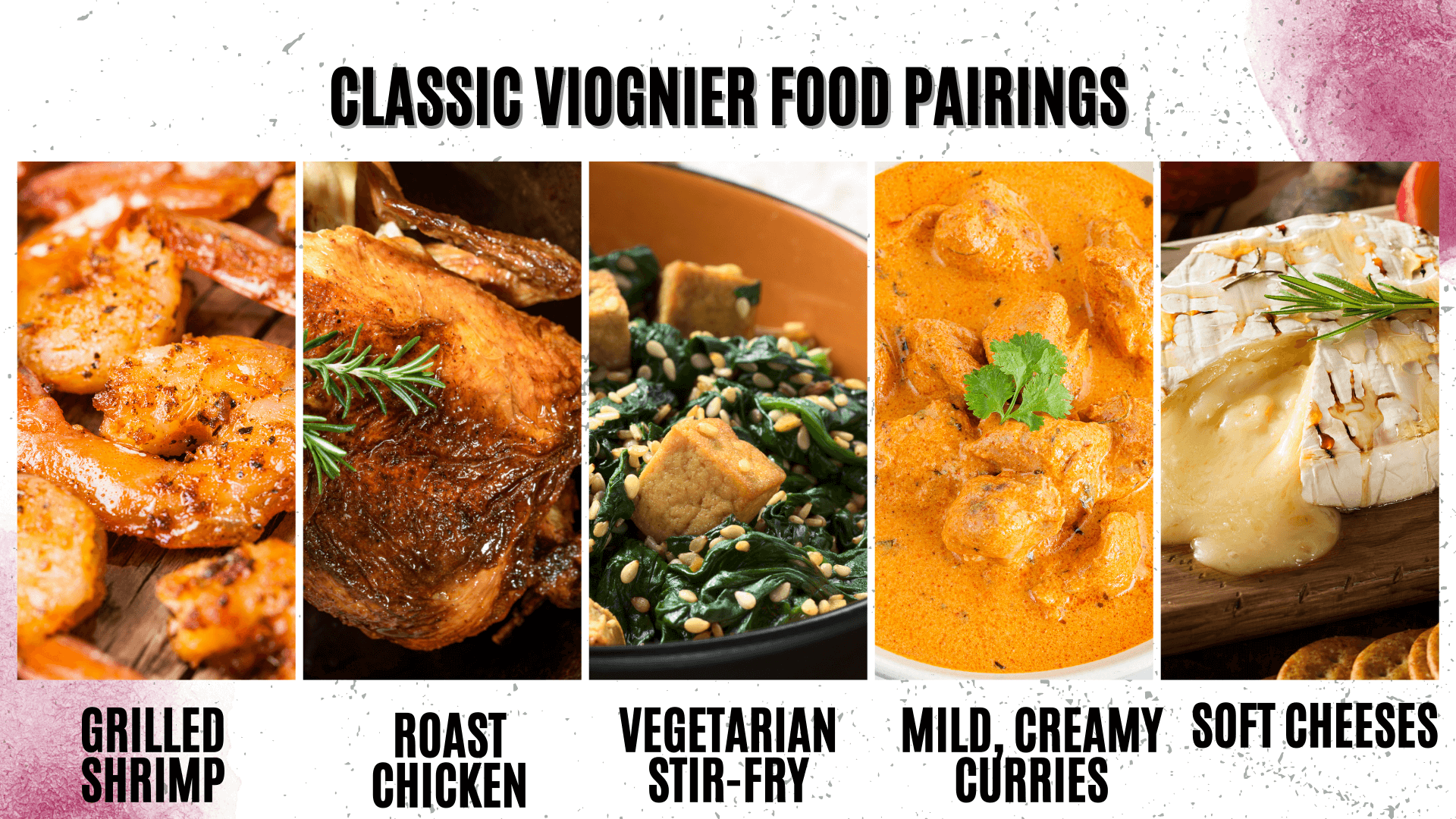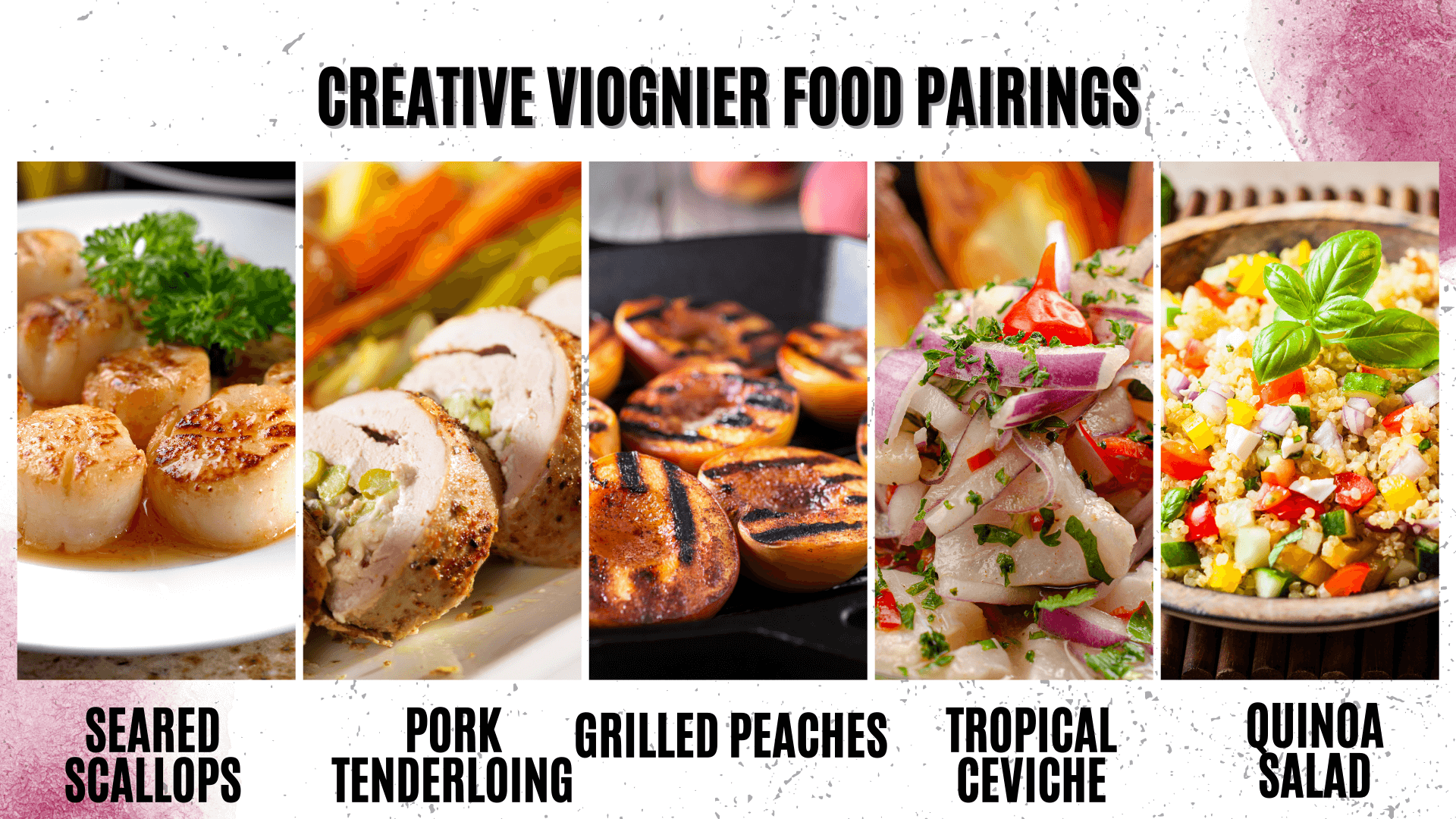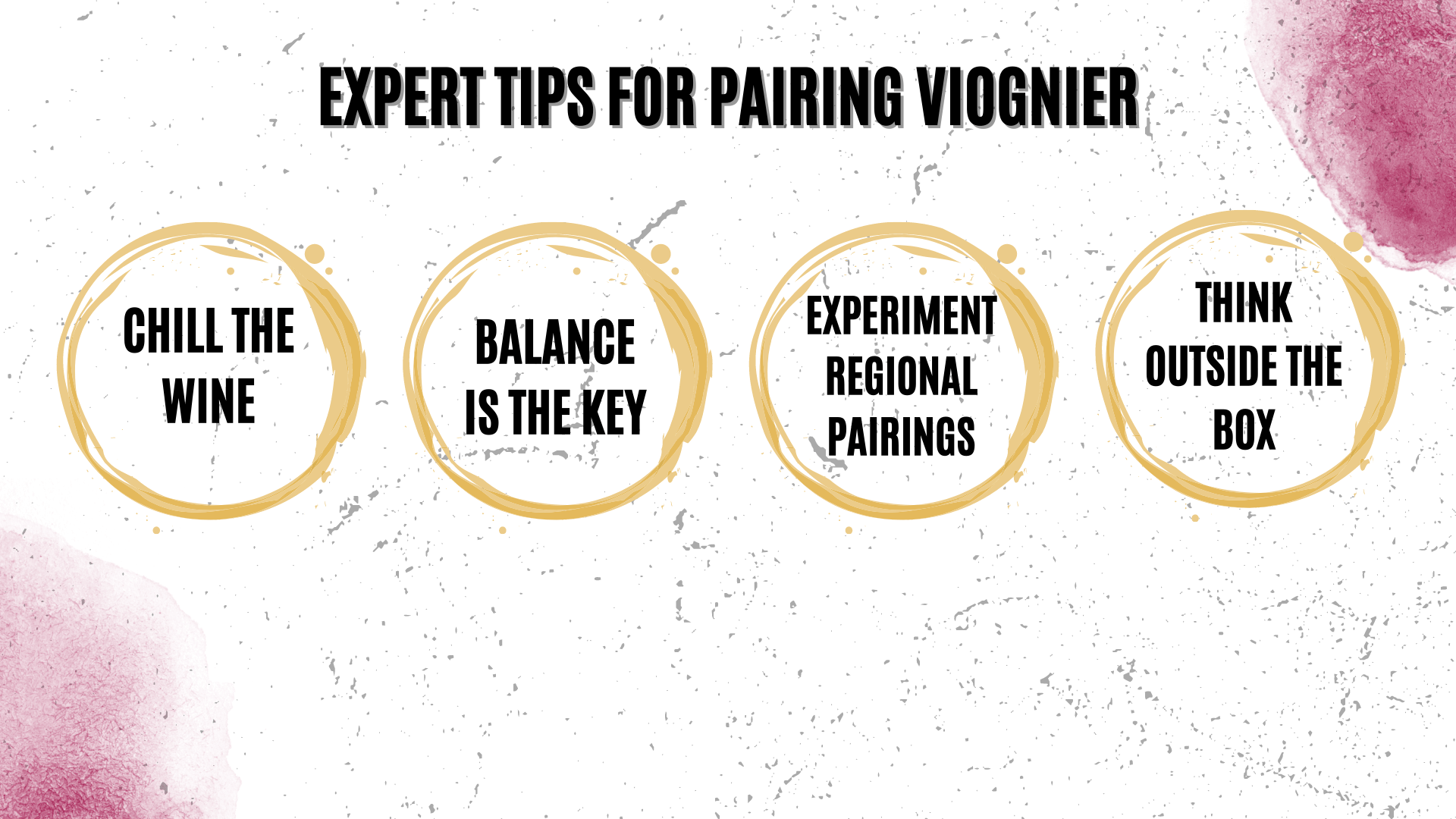Introduction
Viognier, a white wine variety originating in the Rhône Valley of France, is known for its rich, aromatic character and lush, full-bodied texture. Though once nearly extinct, Viognier has made a remarkable comeback and is now grown in wine regions around the world, including California, Australia, and South America. With its unique flavor profile, which includes notes of stone fruits, tropical fruits, and floral elements, Viognier can be paired with a wide range of dishes to create memorable dining experiences. In this comprehensive guide, we’ll explore the history, characteristics, and various styles of Viognier, as well as share expert tips and pairing suggestions for the perfect dining experience.
I. The History of Viognier
Viognier’s origins can be traced back to the Rhône Valley in France, where it has been cultivated for centuries. The grape nearly disappeared in the 1960s due to its low yields and susceptibility to disease, but it has since experienced a resurgence in popularity and is now grown in wine regions across the globe.
II. Wine Profile
Viognier is a full-bodied white wine with moderate acidity and a rich, velvety texture. Its flavor profile typically includes notes of apricot, peach, and mango, with secondary notes of honeysuckle, jasmine, and other floral elements. Viognier wines often have a touch of minerality, and some may undergo oak aging, which imparts additional flavors of vanilla and toast.
III. Characteristics of Viognier
Viognier is known for its pronounced aromatic qualities, with intense fruit and floral aromas that are immediately noticeable upon opening the bottle. On the palate, Viognier showcases flavors of stone fruits like apricot and peach, as well as tropical fruits such as pineapple and mango. The wine’s moderate acidity and full body make it a versatile partner for a variety of dishes, while its rich texture adds depth and complexity to the pairing.
IV. Old World vs. New World Viognier
Old World Viogniers, primarily from the Rhône Valley, tend to be more restrained and mineral-driven, with a focus on elegance and balance. New World Viogniers, such as those from California or Australia, often feature riper fruit flavors, a creamier texture, and a more pronounced oak influence.
V. Factors to Consider for Viognier Food Pairings
Acidity: Viognier’s moderate acidity can help to balance the flavors of a dish and cleanse the palate. Pair the wine with dishes that have a touch of acidity, such as citrus or tomato-based preparations, to create a harmonious balance.
Fruit profile: The fruit flavors in Viognier can range from stone fruits like apricots and peaches to tropical fruits like mango and pineapple. Consider the wine’s fruit profile when selecting a dish, opting for complementary flavors or contrasts that will enhance the pairing.
Oak influence: Many Viogniers undergo oak aging, which can impart flavors of vanilla, toast, and baking spices. Consider dishes that will complement or contrast these flavors, such as grilled seafood, poultry with creamy sauces, or dishes with a touch of sweetness.
Body and intensity: Viognier is typically a full-bodied and intense white wine, which means it can pair well with richer, more substantial dishes than lighter white wines. Choose dishes that can match the wine’s intensity without overwhelming its delicate fruit and floral flavors.
Regional pairings: Pairing a wine with food from the same region can often yield successful results, as the flavors and culinary traditions have evolved together. For example, a Rhône Valley Viognier might pair well with a Provençal-inspired dish, while a California Viognier could complement a California cuisine-inspired dish.
Personal preference: Ultimately, the most important factor in any wine pairing is your own taste. Experiment with different combinations and trust your palate to guide you in creating enjoyable Viognier food pairings.
VI. Classic Viognier Food Pairings
Grilled shrimp: The rich, succulent flavors of grilled shrimp can be an excellent match for Viognier. The wine’s fruit and floral notes can complement the shrimp’s natural sweetness, while its moderate acidity can balance the dish’s richness.
Roast chicken: A perfectly roasted chicken, with its tender, juicy meat and crispy skin, can pair beautifully with Viognier. The wine’s full body and stone fruit flavors can stand up to the chicken’s savory flavors, creating a harmonious dining experience.
Vegetarian stir-fry: A colorful, flavorful vegetarian stir-fry with an array of vegetables and spices can be a delightful partner for Viognier. The wine’s fruit and floral notes can complement the dish’s variety of flavors, while its moderate acidity can cut through any spiciness.
Mild, creamy curries: Viognier can pair well with mild, creamy curries, such as a korma or tikka masala. The wine’s full body and lush texture can complement the dish’s creaminess, while its tropical fruit flavors can enhance the curry’s aromatic spices.
Soft cheeses: Soft, creamy cheeses like brie or camembert can be delicious partners for Viognier. The wine’s fruit and floral flavors can balance the cheese’s richness, while its moderate acidity can cleanse the palate.
VII. Creative Viognier Food Pairings
Seared scallops: The caramelized, buttery flavors of seared scallops can work well with Viognier. The wine’s fruit and floral notes can enhance the scallops’ natural sweetness, while its moderate acidity can provide a refreshing contrast.
Pork tenderloin: A tender, juicy pork tenderloin with a sweet glaze or sauce can be a successful match for Viognier. The wine’s full body and fruit flavors can complement the pork’s savory elements, while its floral notes can add complexity to the pairing.
Grilled peaches: For a unique dessert pairing, try serving Viognier with grilled peaches topped with honey and mascarpone cheese. The wine’s stone fruit flavors can echo the peaches’ natural sweetness, while its floral notes can add an extra layer of intrigue.
Tropical ceviche: A tropical ceviche with ingredients like shrimp, mango, and avocado can be a refreshing, flavorful partner for Viognier. The wine’s tropical fruit flavors can enhance the dish’s fruity elements, while its moderate acidity can balance the ceviche’s tangy lime juice.
Quinoa salad: A vibrant quinoa salad with fresh vegetables, herbs, and a citrus dressing can be an enjoyable match for Viognier. The wine’s fruit and floral flavors can complement the salad’s freshness, while its moderate acidity can counterbalance the dressing’s tang.
VIII. Expert Tips for Pairing Viognier
Chill Viognier to the appropriate temperature (around 50-55°F or 10-13°C) to ensure its flavors and aromas are fully expressed.
Balance is key: When pairing Viognier with food, aim to create a balance between the wine’s fruit, floral, and acidic elements and the dish’s flavors and textures.
Complement or contrast: Consider whether you want to create a complementary pairing, where the wine and dish share similar flavors, or a contrasting pairing, where the wine and dish have opposing flavors that can create a dynamic and exciting experience.
Experiment with regional pairings: When in doubt, consider pairing Viognier with dishes from regions where the wine is produced, such as the Rhône Valley in France or California in the United States. Regional pairings often share complementary flavors and can lead to successful matches.
Don’t be afraid to think outside the box: While traditional pairings can be a great starting point, don’t be afraid to explore unconventional pairings with Viognier. This versatile wine can work well with a wide range of dishes, from rich seafood to exotic, spicy dishes.
Conclusion
Viognier’s distinctive fruit and floral flavors, full body, and moderate acidity make it a versatile wine for food pairings. From classic matches like grilled shrimp and roast chicken to more adventurous pairings with tropical ceviche and grilled peaches, the possibilities are nearly endless. By understanding the characteristics and styles of Viognier, as well as following expert tips, you can elevate your dining experience and create unforgettable pairings that showcase this remarkable wine.
Frequently Asked Questions
While Viognier is generally considered a full-bodied wine, there is some variation depending on factors such as region, climate, and winemaking techniques. However, most Viogniers will have a full-bodied character.
Although Viognier is not a traditional pairing for red meat, there are exceptions. For example, a tender, juicy pork tenderloin with a sweet glaze or sauce can be a successful match for Viognier.
Viognier is best enjoyed at a cool temperature, typically around 50-55°F (10-13°C). This allows the wine’s flavors and aromas to shine without being overwhelmed by the alcohol content.
Once opened, a bottle of Viognier can be stored for up to 3-5 days if properly resealed and kept in a cool, dark place. Using a vacuum-sealed wine preservation system can extend the wine’s life by a few more days.




